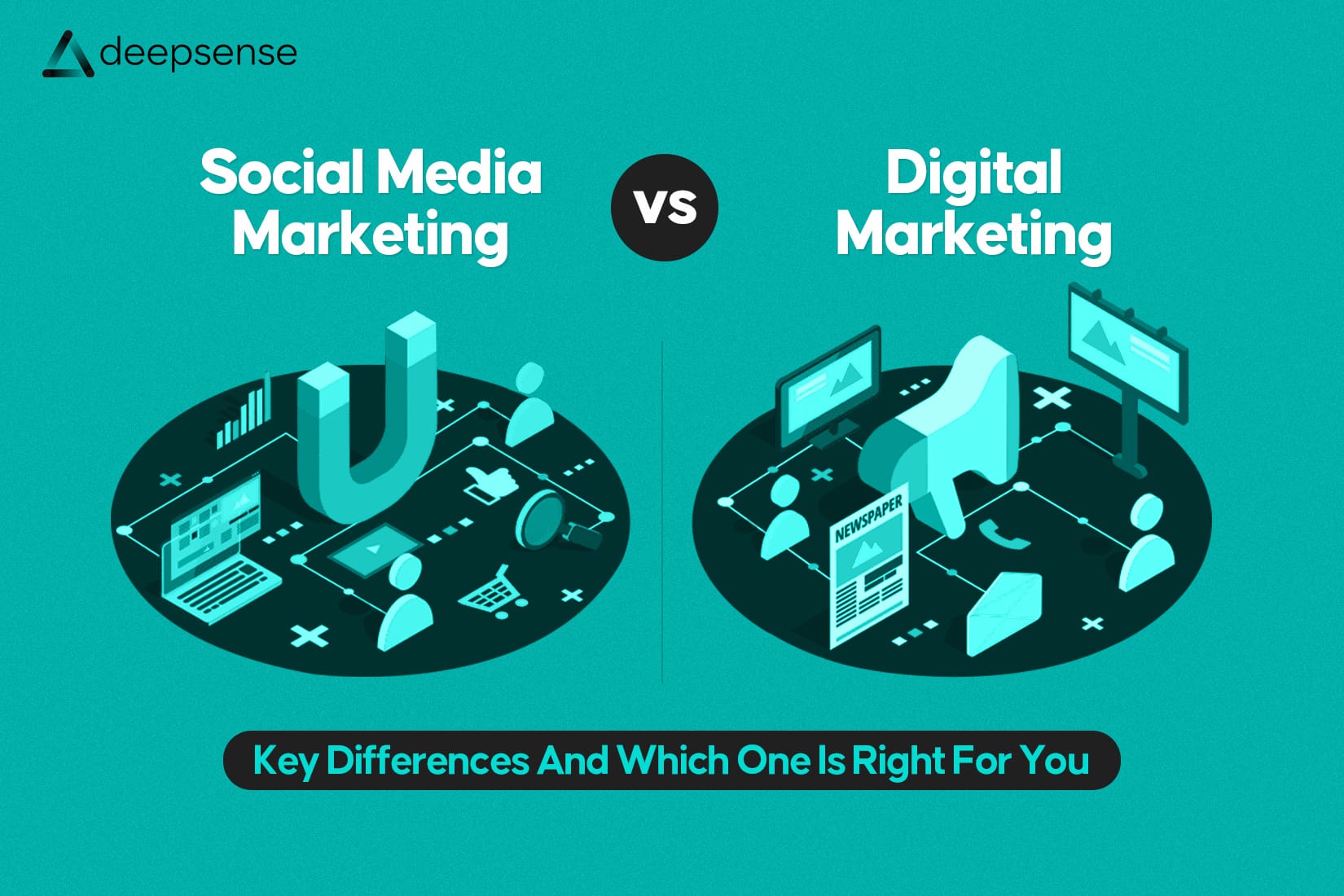Summary
Running an online store is no small feat, especially with so many brands competing for attention. But with the right digital marketing strategies for e-commerce companies, you can turn those clicks into loyal customers. From influencer marketing and social media domination to personalized emails and SEO, we’ll cover the top strategies to help your e-commerce brand thrive.
Introduction
The e-commerce world is booming. With global e-commerce sales projected to reach $8.1 trillion by 2026, it’s clear that the future of shopping is digital. But success in this dynamic landscape requires more than just a good product and a website. You need a killer marketing strategy.
Digital marketing for e-commerce companies is all about getting your brand in front of the right people at the right time. So, how do you stand out from the crowd? Whether you’re a small business owner or managing a large online store, these strategies will help you grow your reach, drive sales, and build lasting customer relationships.
Let’s dive in!
1. Optimize Your Website for Conversions
Think of your website as your digital storefront. A slow, cluttered, or confusing website will drive visitors away. Your goal? Create a seamless shopping experience.
Tips to Boost Conversions:
- Ensure your website loads in 3 seconds or less.
- Use high-quality product images and videos.
- Provide detailed product descriptions with benefits and features.
- Simplify the checkout process.
- Add customer reviews and testimonials.
Pro Tip: Include a chatbot for instant customer support. Many e-commerce businesses see a significant drop in cart abandonment when they offer real-time assistance.
2. Leverage the Power of SEO
Search Engine Optimization (SEO) is your ticket to organic traffic. A well-optimized website can bring in thousands of potential buyers without spending a fortune on ads.
SEO Tips for E-commerce:
- Research keywords your customers use and add them to product titles, descriptions, and blogs.
- Optimize images with alt tags and compress them for faster loading.
- Build backlinks from reputable sites.
- Start a blog to provide valuable content and rank higher in search results.
Stat Alert: 68% of online experiences begin with a search engine. Don’t miss out!
3. Dominate on Social Media
Social media isn’t just for selfies and memes; it’s a goldmine for e-commerce brands. Platforms like Instagram, Facebook, and TikTok let you connect directly with your audience.
Tips to Win at Social Media:
- Post regularly and use trending hashtags.
- Invest in high-quality visuals and videos.
- Collaborate with influencers and run contests.
- Use shoppable posts to let users buy directly from your feed.
Fun Fact: Brands that leverage Instagram Shopping see a 1.5x increase in website visits!
4. Influencer Marketing for Authenticity
Influencers have built trust with their audiences, making their recommendations powerful. Partnering with relevant influencers can skyrocket your brand’s visibility.
How to Choose the Right Influencers:
- Micro-influencers (10k-50k followers) often have higher engagement rates.
- Ensure their audience aligns with your target market.
- Track campaign performance using discount codes and affiliate links.
5. Master Email Marketing
Email marketing remains one of the most effective ways to nurture leads and retain customers. Personalized, value-packed emails can significantly boost sales.
Email Ideas:
- Welcome emails with special discounts.
- Abandoned cart reminders.
- Product recommendations based on past purchases.
- Seasonal promotions and exclusive deals.
Pro Tip: Segment your email list for tailored messages. Personalized emails drive 6x higher transaction rates.
6. Use PPC and Retargeting Ads
Pay-Per-Click (PPC) advertising is a fast way to get in front of your audience. Platforms like Google Ads and Meta Ads offer advanced targeting options to maximize ROI.
Tips for Effective PPC Ads:
- Target specific keywords related to your products.
- Use retargeting ads to bring back visitors who didn’t purchase.
- A/B test your ad creatives and copy.
Fact: Retargeted customers are 70% more likely to convert.
7. Implement Content Marketing
Creating valuable content establishes your brand as an authority in your niche. Blog posts, videos, how-to guides, and product demos can attract and educate potential buyers.
Content Ideas:
- Buying guides and comparisons.
- Product unboxing and tutorials.
- Customer success stories.
Pro Tip: Incorporate user-generated content (UGC) to build trust and authenticity.
8. Offer Personalization
Customers crave personalized experiences. AI-powered tools can analyze customer data to deliver tailored product recommendations.
Stat Alert: 80% of shoppers are more likely to buy from brands that offer personalized experiences.
9. Boost Credibility with Reviews and Testimonials
Social proof is a powerful persuasion tool. Encourage customers to leave reviews and showcase their feedback.
Tips to Collect More Reviews:
- Send follow-up emails after a purchase.
- Offer incentives like discounts for reviews.
- Feature top reviews on your homepage.
10. Track and Analyze Your Results
No strategy is complete without monitoring performance. Use tools like Google Analytics, Meta Insights, and Shopify Analytics to track your success.
Metrics to Monitor:
- Conversion Rate
- Average Order Value (AOV)
- Customer Acquisition Cost (CAC)
- Return on Ad Spend (ROAS)
Pro Tip: Continuously test and tweak your campaigns to optimize results.
Case Study: Nykaa’s E-commerce Success
One of India’s most iconic e-commerce success stories is Nykaa. By leveraging a blend of digital marketing strategies, Nykaa became a leading beauty and personal care retailer.
Objective: Nykaa aimed to establish itself as India’s leading online beauty and personal care platform by leveraging digital marketing to enhance brand visibility and drive sales.
Approach:
- Partnered with influencers to generate authentic content.
- Created personalized shopping experiences using AI recommendations.
- Produced educational video tutorials and beauty blogs.
- Invested in retargeting ads and social media campaigns.
Results:
- 60% increase in customer engagement.
- Expanded product range to over 1,500 brands.
- Achieved a billion-dollar valuation with a successful IPO.
Key Takeaways:
- Collaborations with relevant influencers can amplify reach.
- Personalized recommendations enhance customer satisfaction.
- Consistent content marketing builds brand authority.
- Strategic use of paid ads accelerates growth.
Final Thoughts
Navigating the world of e-commerce digital marketing might seem overwhelming, but with the right strategies in place, success is within reach. From optimizing your website and leveraging social media to partnering with influencers and running targeted ad campaigns, every step you take can bring you closer to your business goals.
At Deepsense Digital, we’re passionate about helping e-commerce companies grow. Whether you’re looking for expert PPC management, influencer collaborations, or content creation, our team has the expertise to drive results.
Ready to level up your e-commerce game? Let’s make it happen!
Contact Deepsense Digital today to transform your e-commerce marketing strategy.
FAQs
1. What is the Best Marketing Strategy for E-commerce?
The best e-commerce marketing strategy is a multi-channel approach that uses different digital platforms to attract, engage, and convert customers. Here’s a well-rounded strategy to consider:
Search Engine Optimization (SEO): Optimize product pages, category pages, and blogs to rank higher on search engines and drive organic traffic.
Pay-Per-Click (PPC) Advertising: Use platforms like Google Ads, Facebook, and Instagram for targeted ads to capture high-intent buyers.
Content Marketing: Create informative blogs, videos, buying guides, and product reviews to engage your audience.
Social Media Marketing: Build brand presence through interactive content, influencer collaborations, and user-generated content.
Email Marketing: Personalize email campaigns for abandoned carts, product recommendations, and promotional offers.
Affiliate and Influencer Marketing: Partner with influencers and affiliates to promote products and generate sales.
Loyalty and Referral Programs: Encourage repeat purchases and customer referrals through rewards and discounts.
Retargeting Ads: Use remarketing ads to re-engage website visitors who didn’t make a purchase.
A combination of these tactics, supported by robust data analysis, will help you maximize conversions and grow your e-commerce business.
2. What Are the 5 C’s of E-commerce Marketing?
The 5 C’s of E-commerce Marketing provide a strategic framework for building and maintaining a successful online business:
Customer:
Understand your target audience using buyer personas and customer data. Focus on customer needs, preferences, and pain points.
Content:
Create high-quality, engaging content that informs, entertains, and persuades customers. This includes product descriptions, blog posts, videos, and social media content.
Context:
Deliver personalized content at the right time and place. Use data analytics to optimize the customer journey across devices and platforms.
Commerce:
Ensure a seamless shopping experience with an intuitive website, fast checkout process, secure payment gateways, and mobile responsiveness.
Community:
Build a strong online community through social media engagement, customer reviews, and loyalty programs. User-generated content and influencer partnerships also contribute to trust and credibility.
3. What Are the 7 Types of Digital Marketing?
The 7 main types of digital marketing used in e-commerce are:
- Search Engine Optimization (SEO): Improve your website’s visibility on search engines to attract organic traffic.
- Pay-Per-Click Advertising (PPC): Use paid ads on platforms like Google Ads, Facebook, and Instagram for targeted promotions.
- Social Media Marketing (SMM): Promote your products through platforms like Instagram, Facebook, TikTok, and LinkedIn using organic and paid strategies.
- Content Marketing: Develop blogs, videos, guides, and other valuable content to engage and convert customers.
- Email Marketing: Send personalized product recommendations, newsletters, and abandoned cart reminders.
- Affiliate and Influencer Marketing: Partner with influencers and affiliates to expand your reach and drive sales.
- Mobile Marketing: Optimize for mobile through app marketing, SMS marketing, and location-based services.
Using a combination of these strategies ensures broad visibility and maximizes your e-commerce revenue.
4. What Are the 4 P’s of Marketing in E-commerce?
The 4 P’s of E-commerce Marketing represent the core components of a successful marketing mix:
Product:
Offer a high-quality product that solves a problem or fulfills a need. In e-commerce, consider factors like product images, detailed descriptions, customer reviews, and competitive pricing.
Price:
Develop a competitive pricing strategy using discounts, bundle deals, or loyalty programs. Conduct market research to determine pricing that appeals to your target audience while maintaining profitability.
Place:
Ensure your products are easily accessible to your customers. Optimize your website, use multiple marketplaces (Amazon, Flipkart), and consider offering international shipping if applicable.
Promotion:
Promote your products using a combination of digital marketing channels such as social media ads, influencer partnerships, email marketing, and content marketing. Seasonal sales, limited-time offers, and referral programs can also drive purchases.
By optimizing the 4 P’s, e-commerce businesses can effectively capture attention, build customer loyalty, and drive revenue growth.
5. How Can Influencer Marketing Benefit My E-commerce Business?
Influencer marketing boosts brand awareness, builds credibility, and drives sales through authentic product recommendations. It’s cost-effective and helps reach targeted audiences. Collaborate with influencers relevant to your niche for better engagement and ROI. Track results using affiliate links or promo codes.
6. How Do I Optimize My E-commerce Site for SEO?
Optimize your site by conducting keyword research, using keywords in product titles and descriptions, and writing unique content. Improve site speed, ensure mobile-friendliness, and use structured data for rich snippets. Build backlinks and improve user experience with easy navigation and clear CTAs.
7. How Can I Use Social Commerce for My Business?
Set up a shop on platforms like Instagram, Facebook, or TikTok. Use shoppable posts, live shopping, and influencer collaborations to engage customers. Encourage user-generated content, run targeted ads, and respond to comments for better customer relationships. Track performance to refine your strategy.











